Baby’s Breath: Tiny White Flowers That Steal The Show
These delicate white flowers are not only beautiful but they have a rich history and symbolize everlasting love. Want to grow your own? There are a few things to consider.
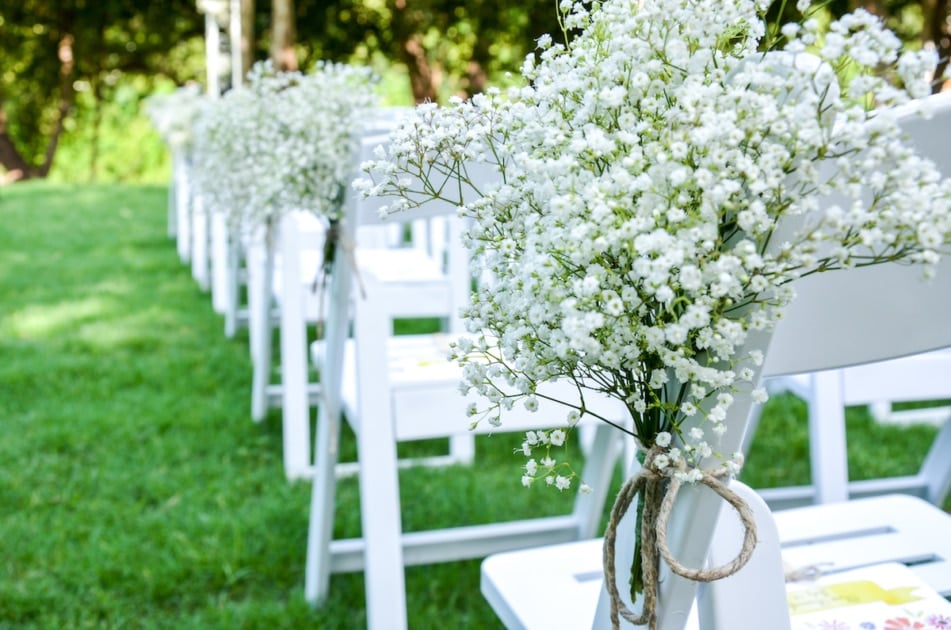
Are you attending a wedding this year? If so, you’ll no doubt see baby’s breath tucked into bouquets, boutonnieres, and table centerpieces. That’s because baby’s breath is one of the most popular flowers available at florists. These tiny white flowers make a big statement in any arrangement— they provide the perfect accent to bolder, showier flowers like roses, allowing them to shine while remaining a quiet beauty in the background. So how did they get so popular?
Where Did Baby’s Breath Come From?
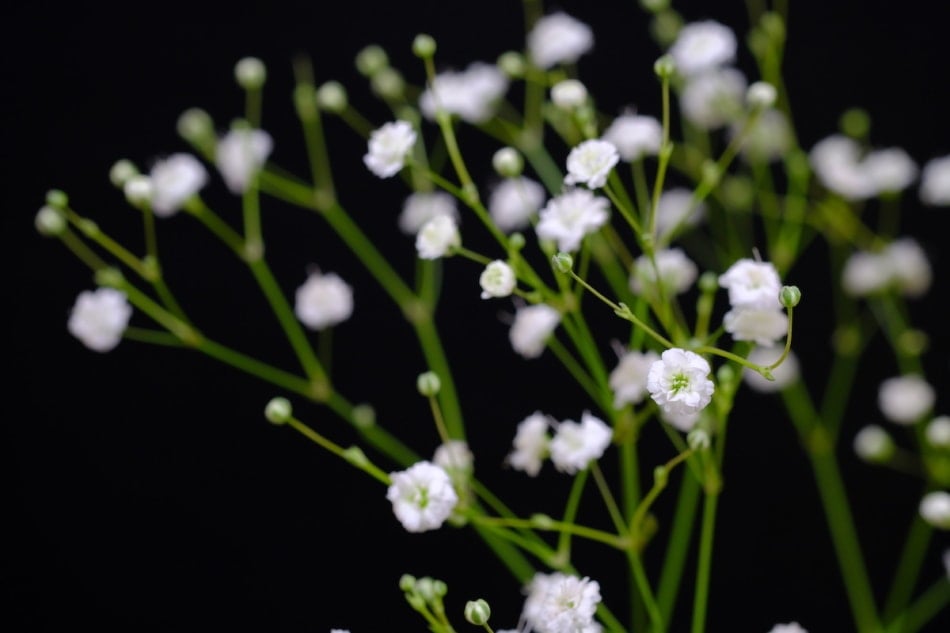
All baby’s breath flowers are native to Europe, Asia, and North Africa, and were introduced to the US in the late 1800s. If you thought, “I bet Queen Victoria had something to do with it,” you’d be correct. Queen Victoria of England was responsible for many “Victorian” trends we know and love today—gardening or otherwise. She was a fan of delicate baby’s breath flowers and used them in her own wedding floral arrangements. In fact, Queen Victoria’s 1838 marriage to Prince Albert of Saxe-Coburg set many of the bridal customs we know today, including the white wedding dress, which before then, was unheard of.
What Does Baby’s Breath Symbolize?
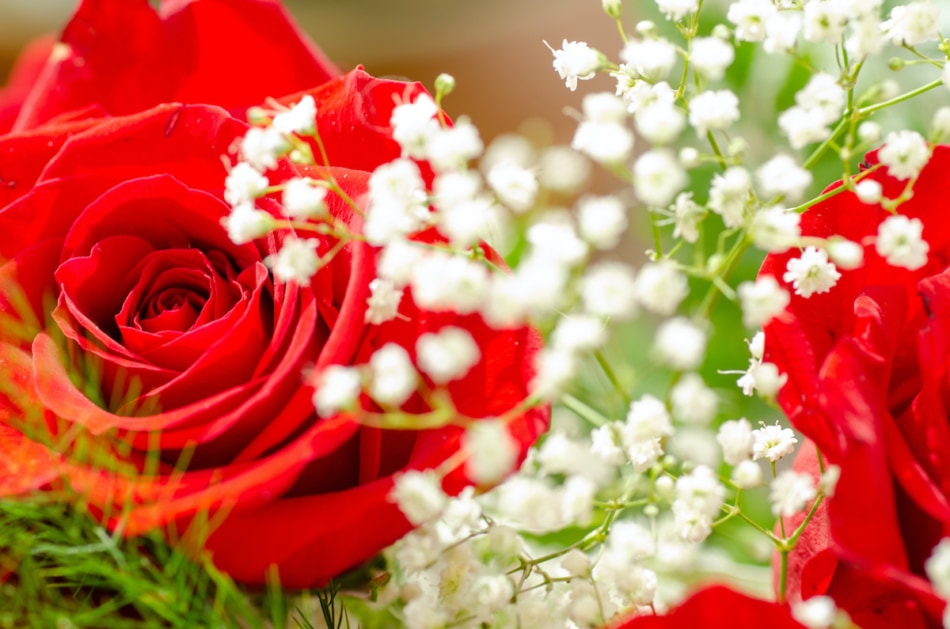
Baby’s breath is blooming with symbolism. Most commonly, this flower is a symbol of everlasting love—which is one reason why it’s a popular wedding flower. Baby’s breath also represents innocence, which makes it a lovely gesture to include in baby shower gifts and gifts for new mothers.
What’s Behind the Name?
The short answer to this question is, no one is quite sure. Dictionaries list the first recorded use of the name “baby’s breath” between 1885 and 1890. These flowers are small and delicate, so the theory is that the name may simply be a reflection of their small whisper of an accent.
The flower’s scientific name, Gypsophila paniculata, with “paniculata” reflecting the way these flowers grow —”tufted” or in branching clusters, known as panicles. The genus name, Gypsophila, comes from this plant’s natural habitat, which often features gypsum-rich (chalky) soils.
Growing and Caring for Baby’s Breath
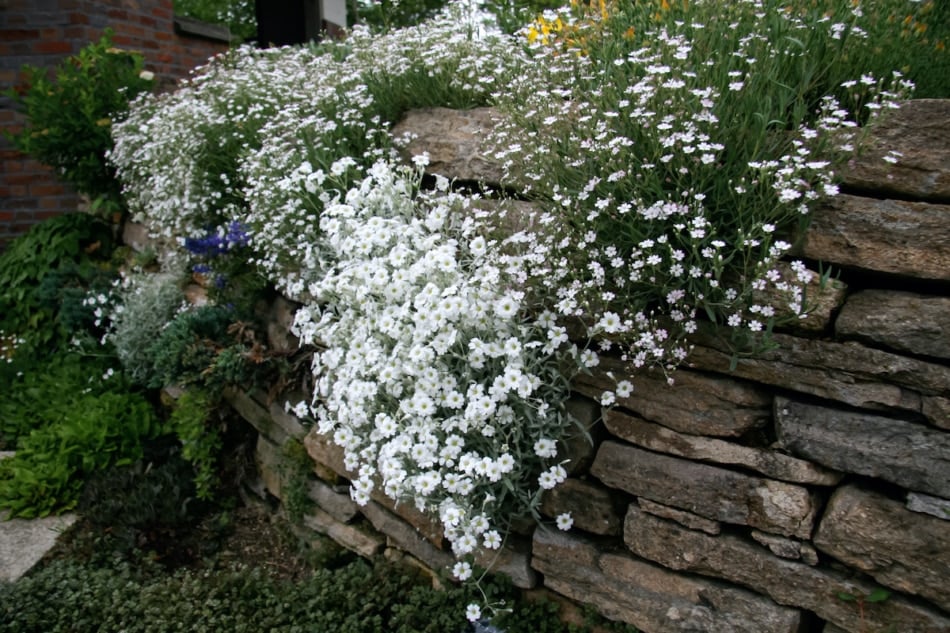
If you are able to plant baby’s breath (see the important note, below), you’ll find it’s relatively easy to grow. The most commonly cultivated species is Gypsophila paniculata, which is most often found at florists. This species has the delicate white flowers we’re most familiar with. However, you may prefer Gypsophila elegans, a variety with somewhat larger blooms.
Gypsophila paniculata is a perennial hardy to USDA zones 3 through 9, while Gypsophila elegans is an annual that you’ll need to replant yearly. They bloom during the spring and summer months.
This plant likes full sun best, though they can survive on as little as four hours of direct sun per day. In part shade, however, they may not bloom as much or grow as large. Baby’s breath is a drought-tolerant plant, so the soil should be well-drained. And given its fondness for gypsum-laden soils, it also does best in alkaline soil.
Growing Baby’s Breath From Seed
You can grow baby’s breath both from seed and from starts purchased at your local greenhouse. If growing from seed, start indoors, or sow seeds directly in the garden after all danger of frost has passed. Space the seeds about nine inches apart and cover them with 1/4 inch of soil. They’ll take about 10 days to germinate, and they’ll need six to eight weeks before they can be transplanted out to the garden. Once they have two pairs of true leaves, it’s OK to start the process of hardening them off—gradually move them outside for longer periods each day until they’re ready to be planted.
Growing Baby’s Breath From Starts
If you’re planting starts, pick a cloudy day to reduce the effects of transplant shock. Space each plant nine inches apart, ensuring the top of the root ball is level with the top of the surrounding soil. Water them thoroughly once you’ve planted them.
Check our Gardening by the Moon Calendar before you do any garden tasks!
Important Note: In some parts of the US and Canada, baby’s breath is classified as an invasive species. Before planting, check with your local agriculture extension office to make sure it’s not considered invasive in your area.
Special Precautions For Pets
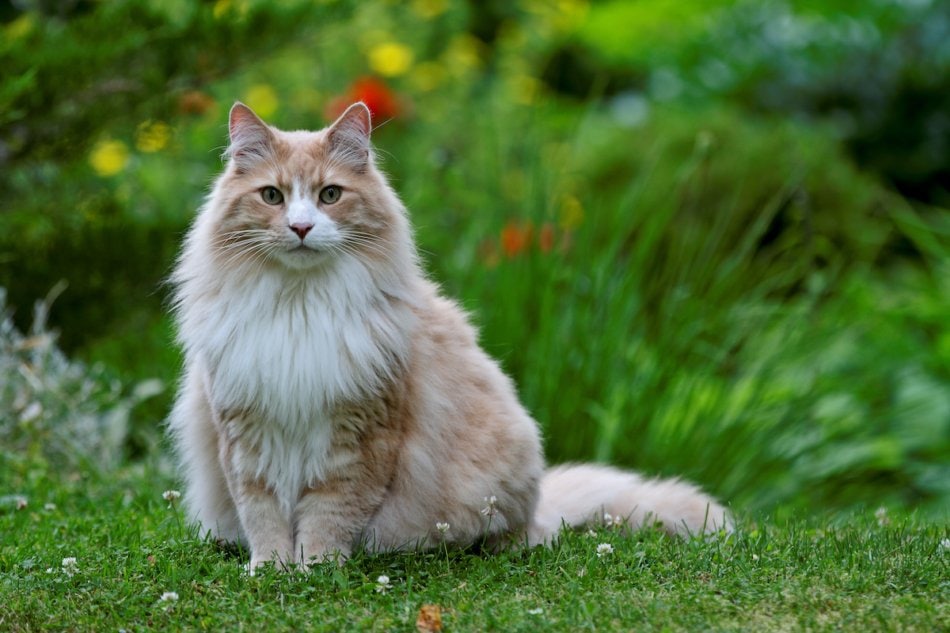
You wouldn’t think such a sweet little flower would present any danger, but there is one: the plant is mildly toxic to cats. Members of the Gypsophila genus contain gyposenin, a compound that can cause non-life-threatening gastrointestinal irritation, such as vomiting and diarrhea. If you have these flowers in the garden or in bouquets, make sure to discourage cats from chewing on the plants.
These tiny flowers can be just as much fun in the garden as they are in a bouquet. They’re a great option for cutting beds and for gardeners who love dried flowers!

Amber Kanuckel
Amber Kanuckel is a freelance writer from rural Ohio who loves all things outdoors. She specializes in home, garden, environmental, and green living topics.






I asked to buy no information why???